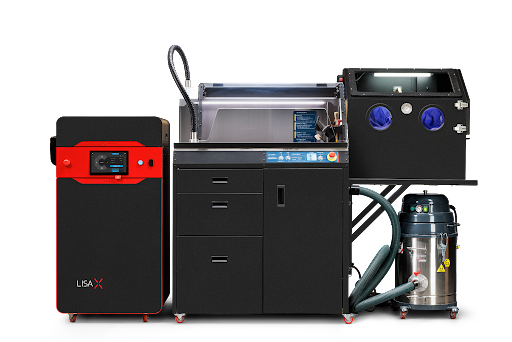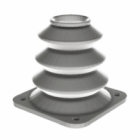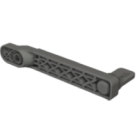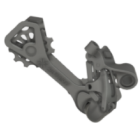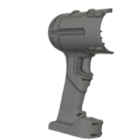Introduction to 3D printing
3D printing, or additive manufacturing, revolutionizes product development by enabling rapid prototyping and on-demand production of end-use parts. It offers unmatched design flexibility, faster iteration cycles, and more efficient material usage than traditional methods. This section explains the fundamentals of 3D printing, its evolution, and its role in modern manufacturing. We also examine its key benefits and limitations in comparison to subtractive and formative techniques.
Table of content
- What is print 3D? Concept of 3D printing
- What does “3D printed” mean?
- Example of 3D printing
- How does 3D printing work?
- Slicing in 3D printing
- What do you need for 3D printing?
- 3D printing benefits
- Is 3D printer dangerous? Understanding the real risks
Other sections
